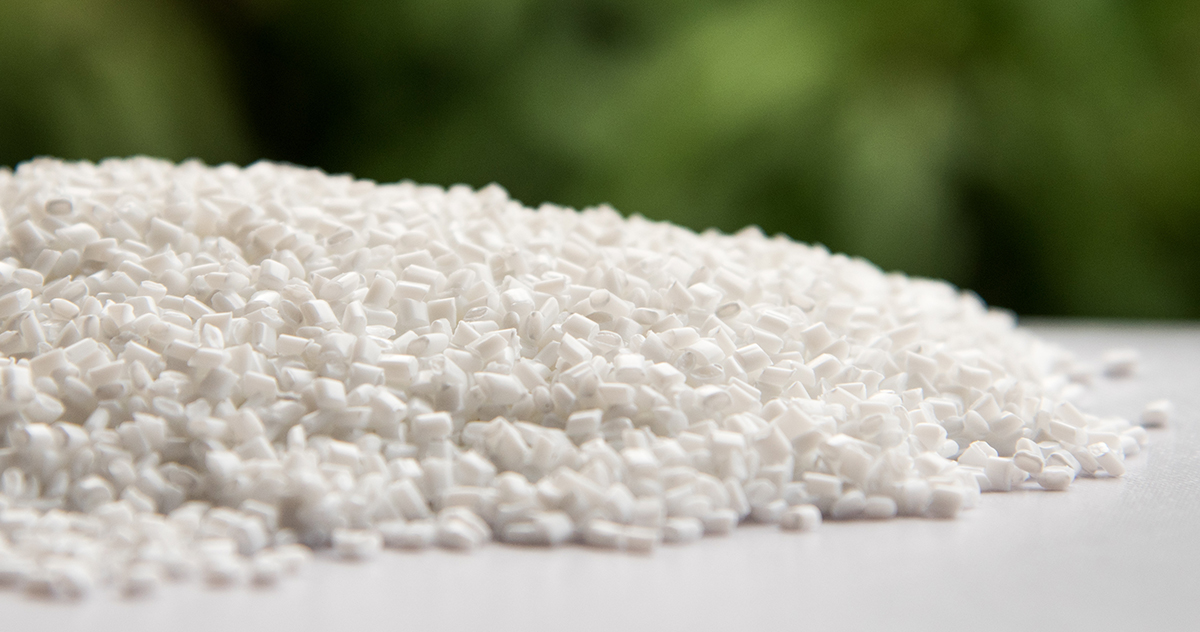Previously Published on Forbes.com
Natalia Scherbakoff, Global Technology & Innovation Director, Engineered Materials
When we reflect on the technology journey that happened in the last century, the sense of incredible achievement is coupled with a sense of urgency toward sustainable solutions. Horse-drawn carriages in the 19th century triggered a new dynamic around mobility. It was considered to be a great invention; however, in parallel, new challenges appeared, such as the pollution brought by the manure of horses.
The development of road paving triggered the invention of gasoline cars, which was believed to be a solution to horse-drawn carriage pollution. Later, exhaust emissions became a major concern until the first mass-produced electric vehicle (EV) made by General Motors was launched in 1996. Although there are still challenges related to EVs, it is undoubtedly a key technology for the future of mobility.

We need to acknowledge that such technological progress is not possible without the invention of plastics. Our day starts by freshening up with a toothbrush, packing meals in plastic lunch boxes for our kids, driving to work in a car with plastic interior and exterior parts, then using electronic devices and laptops with plastic housings and, finally, going home and using household appliances to cook, wash clothes and keep food cold — all made with plastic components. In hospitals, most consumable items are made of plastic: test kits, tubing, syringes that are individually sealed in protective plastic packaging and many other medical devices. During the Covid-19 pandemic, many people have worn masks containing plastics.
While we can all agree that plastics have provided numerous benefits in the areas of hygiene, versatility, insulation and convenience, their disposal and the gas emissions generated to produce them are at the top of the industry’s agenda. Currently, many companies and institutions in the value chain have started working together toward sustainable solutions to make the circular economy a reality.
Controversies Surrounding Plastics
Plastics are not controversial because of their properties or performance. Most arguments raised against single-use plastic materials deal with how they are disposed of. Recycling rates remain low, compared to the amounts produced, driven in part by a lack of infrastructure and harmonized legislation for collecting and treating plastic waste. This disincentivizes the value chain, creating a vicious cycle of high costs and depressed demand and supply.
Material companies, product designers, governments and NGOs are all working toward a solution. The challenge is to develop new business models that offer the needed environmental benefits. To ensure that a proposed solution does not create more damage in another form, evidence-based studies have an important role here, allowing us to address the issue through a rational lens. For example, through life cycle analysis (LCA), the industry can compare plastics to other solutions such as bio-based or recycled material to understand which material provides better environmental benefits and contributes the most to a circular economy. LCA is one tool that allows making a fair, informed decision for a sustainable future.
Concerted Efforts to Achieve a Circular Economy
A circular economy should be an industry-shared goal, and the best result is achieved with concerted efforts along the value chain. Key players understand the urgency to collaborate: chemical companies develop sustainable materials, product designers envision products that are sustainable and easy to recycle, and regulators provide the framework for waste collection and processing. With the support of responsible consumer behavior, collection and sorting companies gather and treat the waste, then send it to recyclers to re-enter the product production stream.
The Future of Plastics
Technological advancements, regulatory changes and improved public awareness are driving the development of next-generation sustainable plastic solutions. They blend the convenience and safety provided by plastic materials with sustainability, thus contributing to the circular economy.
Currently, technology investments are geared toward sustainable plastic materials. These include:
What Part Does My Business Play?
Plastics have become essential in our society. They offer convenience and safety, and enhance our quality of life. Consumer electronic devices are encased in plastic housings that are light, easy to process and colorful; plastic waterpipes bring us clean water and plastic cycling helmets are lightweight and protect us from injury.
The industry has an essential role to play in making plastics more sustainable, reducing energy consumption, increasing recycling rates and preventing environmental pollution. To help support these efforts, businesses and brand owners can embed the usage of sustainable materials in their sustainability goals, which can shape the future of the plastics industry toward more environmentally friendly solutions.
The success of these initiatives heavily relies on the focused efforts along the value chain, as well as on regulations. While plastic recycling and a ban on single-use plastics can help reduce plastic waste, it's a good idea for individual businesses to take a science-based approach that allows them to make informed and rational decisions to opt for the best plastic solutions under different scenarios. Working together, plastic producers, business leaders, consumers and regulators can further sustainability goals and the circular economy toward responsible next-generation plastic solutions.
Natalia Scherbakoff is a member of Forbes Technology Council. Get more insights from Scherbakoff’s thought leadership by reading her posts published on Forbes.com.